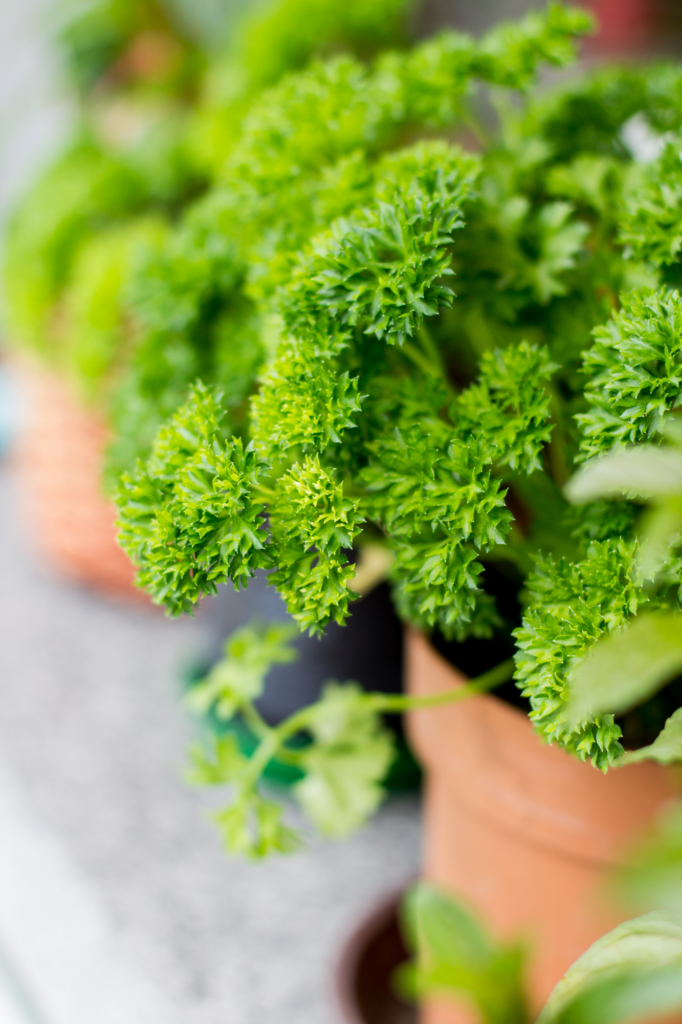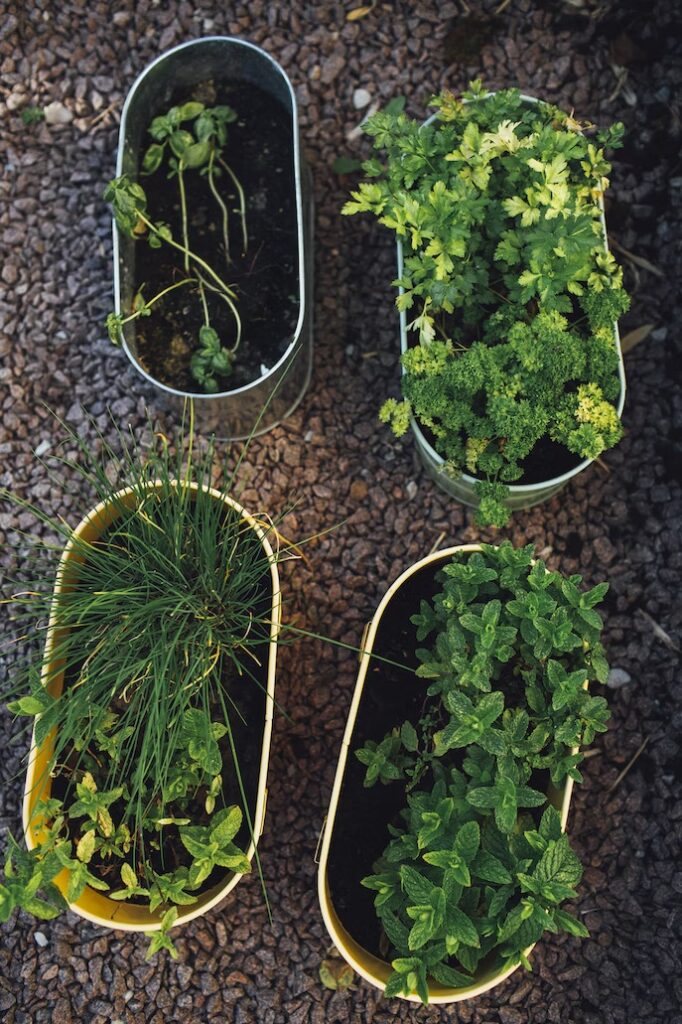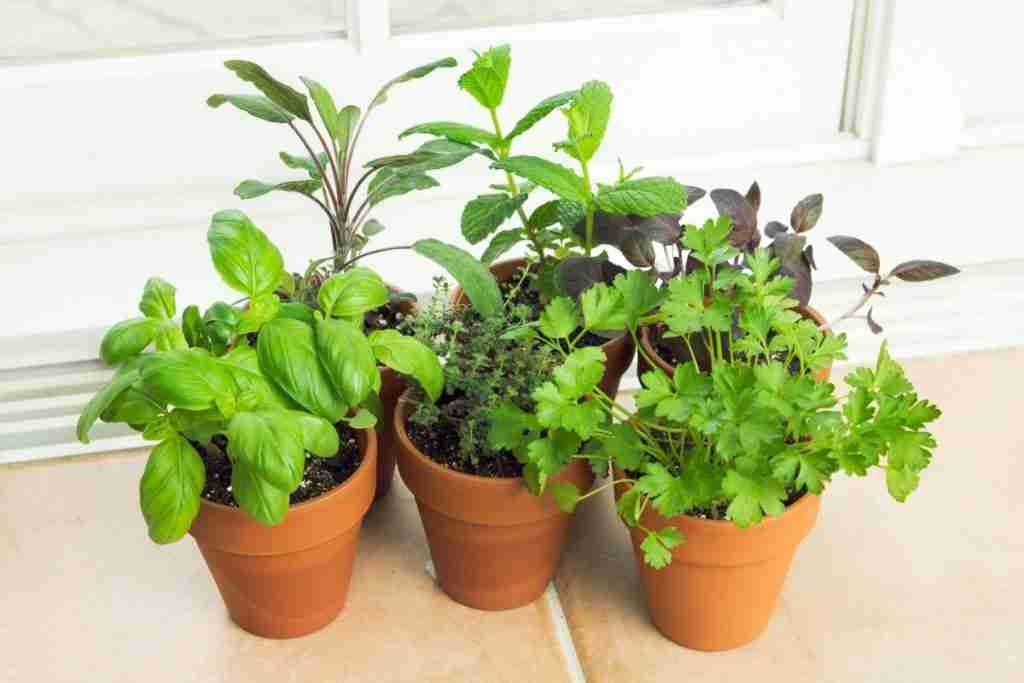Parsley is a flavourful and nutritious herb that is used in a wide range of dishes, from soups and stews to salads and sauces. While it is often grown outdoors in gardens, parsley can also be grown as an indoor plant, providing a fresh supply of this delicious herb year-round. In this article, we will discuss the steps you need to take to grow parsley as an indoor plant.
Table of Contents
Why Grow Parsley Indoors?
There are several benefits to growing parsley as an indoor plant. Firstly, you can have a fresh supply of this herb throughout the year, regardless of the weather outside. Additionally, growing parsley indoors allows you to control the growing environment, ensuring that your plant gets the right amount of light, water, and nutrients. Another advantage of growing parsley indoors is that it can be a decorative addition to your home. Parsley plants have delicate, bright green leaves and can be grown in attractive pots or planters that complement your interior design.
Choosing the Right Variety of Parsley
Before you start growing parsley indoors, you need to choose the right variety of parsley. There are two main types of parsley: curly leaf parsley and flat leaf parsley. Curly leaf parsley is the most commonly grown variety and has tightly curled leaves that are often used as a garnish. Flat leaf parsley, also known as Italian parsley, has flat leaves and is preferred by many chefs for its stronger flavour. Both types of parsley can be grown indoors, but if you are planning to use your parsley for cooking, you may want to consider growing flat leaf parsley.


Choosing the Right Pot
When it comes to choosing a pot for your parsley plant, there are a few things to consider. Firstly, the pot should be large enough to allow your parsley plant to grow. Parsley plants have long taproots, so the pot should be at least 8-10 inches (20-25 centimeters) deep to accommodate the roots.
The pot should also have drainage holes to allow excess water to escape. If the pot does not have drainage holes, the soil can become waterlogged, which can cause the roots to rot. Finally, you may want to choose a decorative pot or planter that complements your home decor. Just make sure that the pot is suitable for growing plants and has the necessary drainage holes.
Choosing the Right Soil
Choosing the right soil is crucial for growing parsley as an indoor plant. Parsley prefers well-draining soil that is rich in organic matter. You can use a high-quality potting mix that is formulated for indoor plants. Alternatively, you can make your own soil mix by combining equal parts of peat moss, vermiculite, and perlite. This soil mix is lightweight and has excellent drainage properties.
Planting Parsley Seeds
Once you have chosen your pot and soil, it’s time to plant your parsley seeds. Parsley seeds can take up to 3 weeks to germinate, so it’s important to be patient and keep the soil consistently moist during this time.
To plant parsley seeds, follow these steps:
- Fill your pot with soil, leaving about an inch of space at the top.
- Sprinkle the parsley seeds evenly over the soil surface, spacing them about 2 inches (5 centimeters) apart.
- Cover the seeds with a thin layer of soil, about 1/4 inch (0.6 centimeters) deep.
- Water the soil gently, taking care not to disturb the seeds.
- Cover the pot with a plastic bag or cling film to create a humid environment that will help the seeds germinate.
- Place the pot in a warm, bright location, such as a sunny windowsill.
- Check the soil moisture daily and water as needed to keep the soil consistently moist.
- After about 3 weeks, the parsley seeds should start to sprout. Remove the plastic bag or cling film and place the pot in a sunny location. Parsley plants require at least 6 hours of sunlight per day, so make sure the plant is placed near a window that receives plenty of sunlight.
Tips for Growing Parsley Indoors
Here are some additional tips to help you grow parsley successfully as an indoor plant:
- Provide adequate light: Parsley plants require at least 6 hours of sunlight per day to grow properly. If your home doesn’t receive enough sunlight, you can supplement with artificial grow lights.
- Use a high-quality potting mix: A good potting mix that is formulated for indoor plants will provide your parsley plants with the necessary nutrients to grow and thrive.
- Fertilise regularly: Parsley plants benefit from regular fertilisation with a balanced fertiliser. You can fertilise every 2-3 weeks to keep your plants healthy and productive.
- Prune regularly: Pruning your parsley plants regularly will encourage bushier growth and result in a fuller, more attractive plant.
- Watch out for pests: Parsley plants are susceptible to pests such as aphids, spider mites, and whiteflies. Check your plants regularly for signs of infestation and take action promptly if you notice any problems.


Maintaining your parsley
As the parsley plants grow, thin them out by removing weaker seedlings and leaving only the strongest plants. This will allow the remaining plants to have enough space to grow and develop properly. Continue to water the parsley plants regularly, making sure to keep the soil moist but not waterlogged. You can also fertilise the plants with a balanced fertiliser every 2-3 weeks to provide them with the necessary nutrients.
As the parsley plants mature, you can begin to harvest the leaves by snipping off the outer leaves with a pair of scissors or pruning shears. It’s best to harvest the leaves in the morning when the plant is at its freshest. To encourage bushier growth, pinch off the tips of the stems regularly. This will cause the plant to produce more lateral stems and leaves, resulting in a fuller, more compact plant.
Conclusion
Growing parsley as an indoor plant is a great way to have a fresh supply of this delicious herb year-round. With the right pot, soil, and growing conditions, you can easily grow parsley plants in your home. Just make sure to provide your plants with plenty of sunlight, keep the soil moist but not waterlogged, and prune regularly to encourage bushier growth. With these tips, you’ll be able to grow healthy, productive parsley plants that will provide you with a constant supply of fresh herbs for all your culinary needs.

